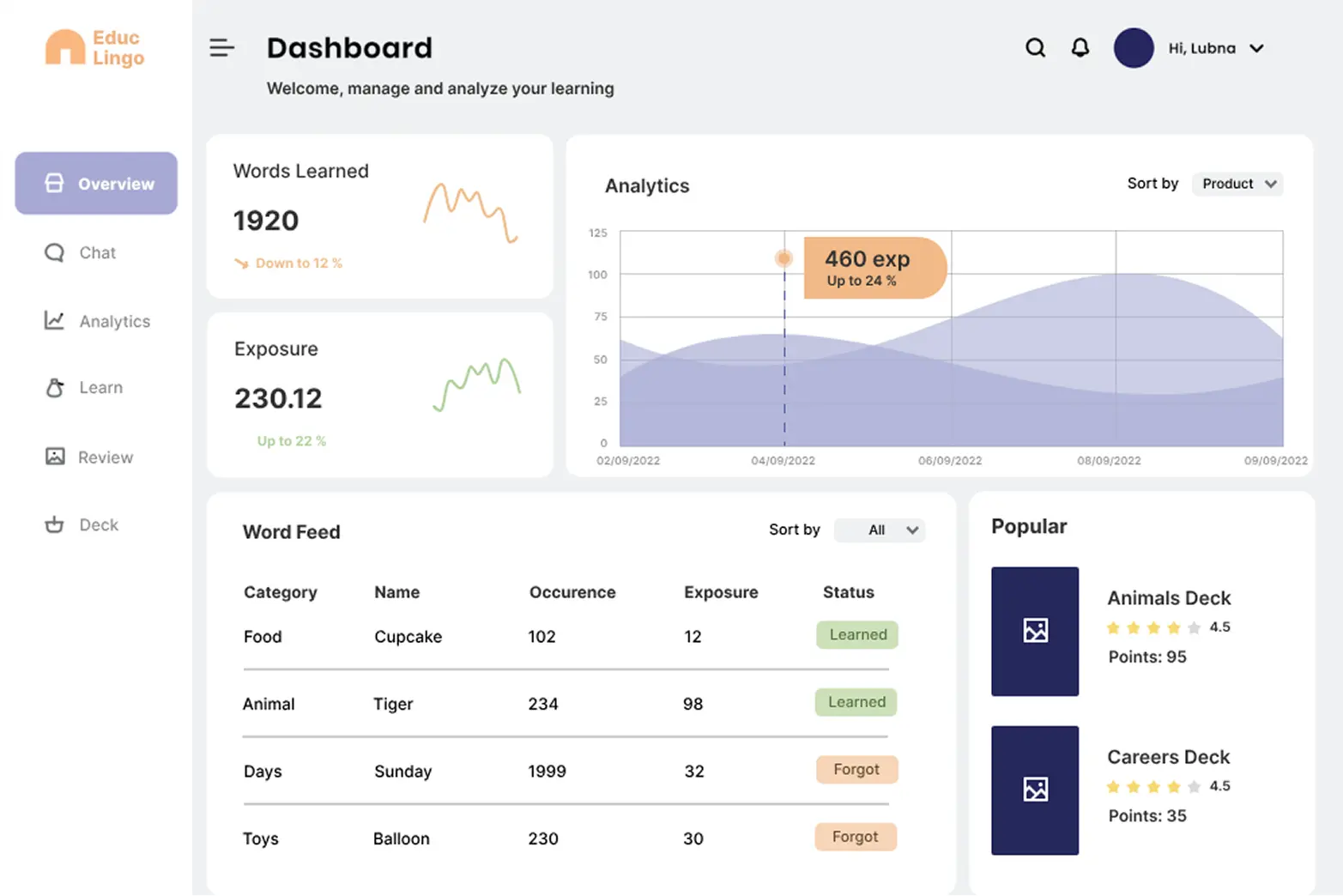The Challenge: A Growing Product with Zero QA
eQuantum is a learning platform that offers students personalized learning paths, real-time progress tracking, and gamified content to keep learners motivated. Teachers and admins use the platform to assign learning objectives, track student performance, and generate reports to optimize teaching strategies.
While the platform was feature-rich and gaining real-world users, the team had built everything without a dedicated QA process. There were no structured tests, no automation, no test data strategy — and no visibility into how new releases would affect existing features. As more schools signed on, the risk of bugs going unnoticed or regressions breaking core functionality grew significantly.
The eQuantum team knew that to scale responsibly, they needed a solid QA foundation. That’s when they brought in Fynest.

Our Role: Designing and Implementing QA from Zero to Full-Scale
Fynest didn’t just come in to "test things." We were brought in as a QA partner to design, implement, and operationalize a complete, future-proof testing ecosystem across every level of the product. Here’s what we did:
Discovery & QA Assessment Phase
We started by auditing their entire system to understand workflows and risks across:
- The student learning dashboard (where students access personalized learning paths, quizzes, and multimedia content)
- The teacher/admin panel (used to create learning objectives, manage student groups, and view reports)
- Backend services handling student progress, reporting logic, and curriculum rules
- Data pipelines responsible for syncing data across systems (ETL/ELT processes)
- Manual testing of workflows across user roles and edge cases.
We quickly identified the lack of:
- Test coverage (no unit, integration, or E2E tests)
- Release procedures (no pre-release validation or test environments)
- Test data planning (manual, ad-hoc test attempts)
- Performance/security validation
Building the QA Ecosystem: Layer by Layer
1. Web & Mobile UI Testing
We implemented automated UI testing using Playwright (web) and Appium (mobile app):
- Validated core student workflows (starting lessons, viewing feedback, completing tasks)
- Tested teacher/admin functions (creating assignments, accessing reports, managing student groups)
- Built tests for both iOS and Android platforms
- Paired automation with manual exploratory testing for complex flows
2. API Testing
Using Playwright, we implemented end-to-end tests for API behavior:
- Verified data accuracy across frontend/backend
- Tested authentication, permissions, and session behavior
- Validated integration between frontend UI and backend logic for dynamic curriculum adjustments
3. Data Validation & ETL Pipeline Testing
We created custom scripts to validate the platform's data pipeline:
- Ensured student scores, lesson completions, and quiz outcomes synced correctly across systems
- Tested ETL/ELT logic for reporting dashboards used by school admins
- Flagged any data loss or mismatch during transformation
4. Performance Testing
We used k6 to run load, stress, and spike testing:
- Simulated thousands of concurrent students accessing lessons and submitting quizzes
- Evaluated backend response times and memory usage
- Identified latency issues and thresholds that needed infrastructure adjustment
5. Security & Access Control Testing
We tested different user roles:
- Confirmed that students, teachers, and admins only accessed allowed views and data
- Verified account-switching scenarios and multi-tenant access across schools
QA Strategy, Test Planning, and Execution
We helped define test strategies per environment:
- Development: fast validation of new features (smoke + feature testing)
- Staging: regression + exploratory testing for full releases
- Production: sanity testing, real-world simulation, and periodic audits
Types of tests covered:
- Smoke testing
- Regression testing
- Feature-based testing
- Exploratory testing
- Sanity testing
We also built a test data strategy, ensuring diverse, realistic, and reusable test sets for various roles, course paths, and completion scenarios.
Test Management, Automation & CI/CD Integration
We set up TestRail from scratch:
- Organized test cases by product module (student flow, teacher flow, reports, etc.)
- Created reusable test suites for fast execution across environments
- Linked automation test results to TestRail for real-time visibility
Then we integrated automation into the CI/CD workflow:
- Triggered test executions on pull requests or environment deployments
- Sent Slack alerts for pass/fail status
- Enabled developers and PMs to see test outcomes immediately
We also established continuous testing by:
- Scheduling nightly and weekly regression runs
- Auto-logging failed runs for follow-up
QA Process & Bug Lifecycle
We helped establish a structured QA-dev feedback loop:
- Bug reports with steps to reproduce, severity tags, and screenshots
- Shared Jira board with devs and PMs for daily triage
- Validation flow for bug fixes before re-closing tickets
QA Technologies We Used
To build the QA ecosystem, we used a modern and scalable tech stack:
- Web automation: Playwright test suites covering UI flows and API smoke checks across critical journeys.
- Mobile automation: Appium labs validating Android and iOS builds against core regression scenarios.
- Performance testing: k6 load, stress, and spike scripts keeping the platform performant under peak traffic.
- Test management: Testmo unifying manual test cases, automated runs, and reporting for stakeholders.
- CI/CD integration: GitHub Actions pipelines gating merges with automated notifications and quality thresholds.
The Result: QA That Scales With the Product
In just a few months, eQuantum went from no QA to a mature, integrated, and automated QA ecosystem that spans their entire platform
- 70% reduction in post-release bugs
- 80% of critical issues caught in dev/staging
- Test cycles reduced by 60% through automation
- CI/CD releases now include full test gates, giving peace of mind
- Stakeholders get real-time visibility into test results and release readiness
More importantly, the dev and product teams now have confidence in every release — knowing that regressions will be caught, data will remain accurate, and users will get a smooth experience every time.
“We were building fast, but blind. Fynest helped us install headlights, sensors, and a dashboard — now we can move faster and safer.”
— Engineering Lead, eQuantum



